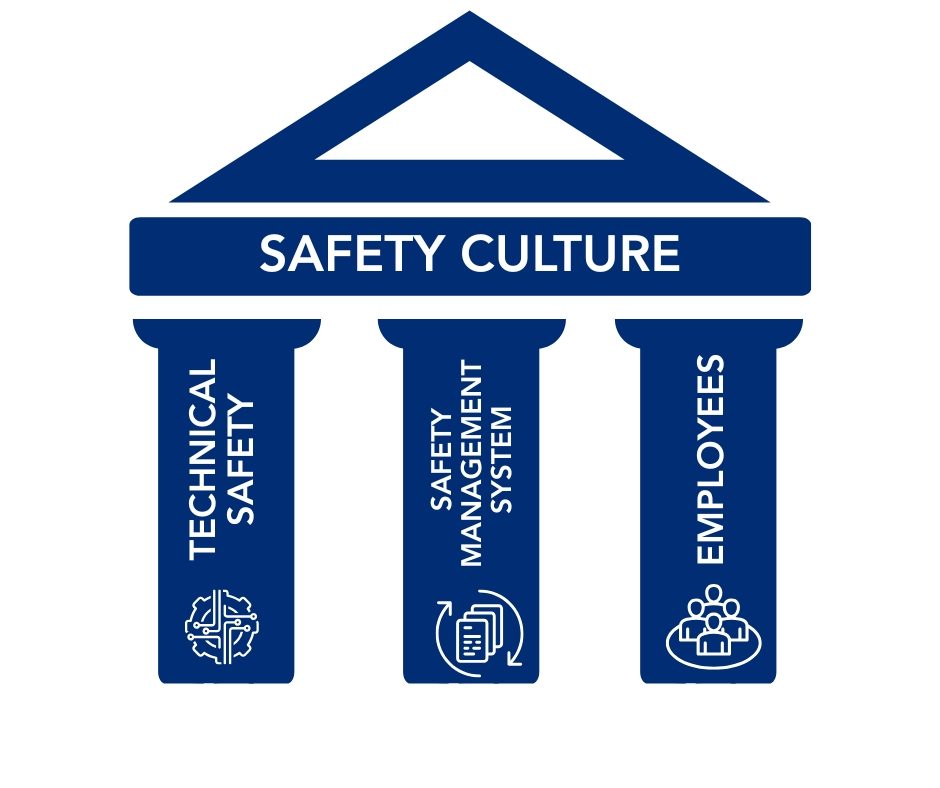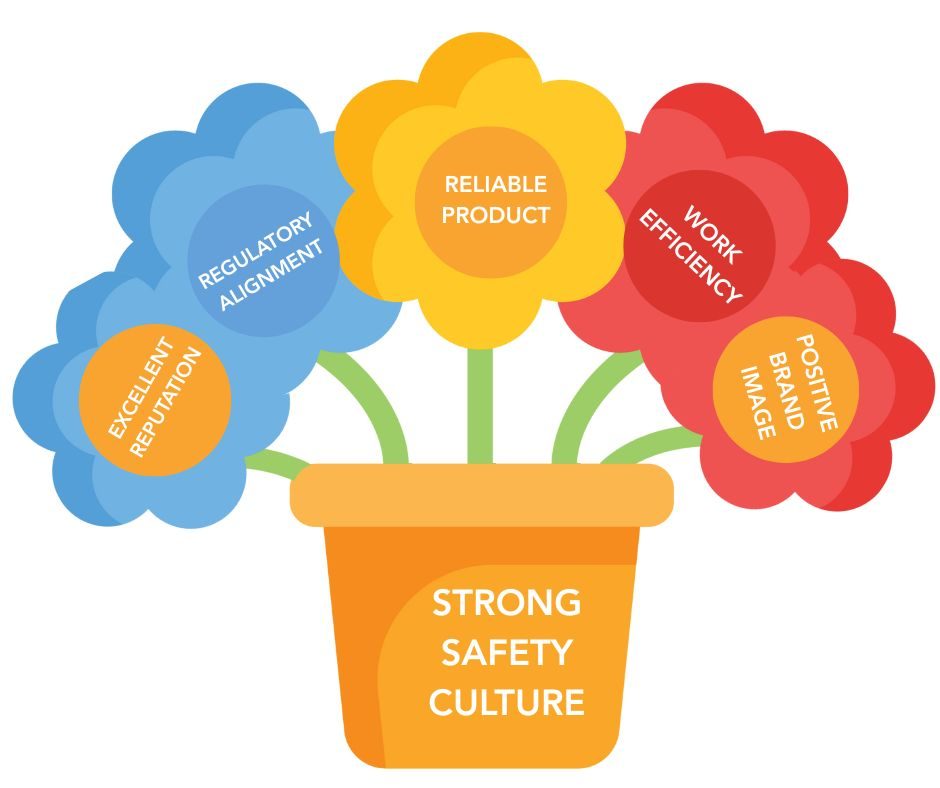Functional Safety Culture: The Secret to Sustainable Performance

Functional safety activities are non-negotiable in high-risk industries. Risks need to be mitigated, operational reliability enhanced, product failures with possible far-reaching consequences prevented. But “getting there” is not only about satisfying regulatory requirements – it extends beyond standards and technical solutions, and involves ideology, mindset, knowledge, values and practices within an organization – i.e. it calls for an effective safety culture.
The safety culture is not to be assumed and it is not something that occurs by chance or spontaneously, but it is rather planned for and implemented by a deliberate effort. Within an organization, it reflects its attitude towards safety, from top to bottom and across all levels. All functions, disciplines, teams, and yes – processes, need to be aligned as a driving force in defining a trustworthy environment for developing safety critical products. A strong safety culture means prioritizing safety in the product lifecycle. It becomes ingrained into the company’s ethos and involves sharing a commitment, responsibility, and proactive behaviours across all levels of the organization, constituting a core part of the company’s identity, influencing decisions and actions. It ensures that the safety processes are not meant to be an afterthought, a fire-fighting, but opposite to that, farming, an integrated process in the product life-cycle.

Successful process of building up a robust functional safety culture includes following key aspects:
Management tailoring and optimization: Planning, coordinating, monitoring of progress, and other key management tasks should be performed properly and according to the company’s needs. Time and effort should be invested to optimize the safety culture so that it fits the specific needs.
Integration into processes: Fostering functional safety culture becomes easier when an organization has clear safety policies and procedures that are embedding safety considerations into all stages of product development, “from cradle to grave”. For safety assessments, safety manuals and specific guidelines should be outlined, complying with applicable standards without shortcuts or cherry-picking. They should be easily accessible and updated regularly to reflect new insights or regulations changes. This helps employees because it specifies the expectations, supports an easier decision-making, and guides them towards enforcing these policies.

Nataša Simanić John, Functional Safety Consultant
Whether you are just starting out or looking to enhance existing practices, investing in a strong safety culture is one of the most impactful steps your organization can take. At Lorit Consultancy, we support companies across high-risk industries in embedding functional safety into their processes, teams, and mindset. Contact us to learn more.
Learn moreClear communication: There should be a defined interface with effective communication channels between the various teams and stakeholders within a project. They should all be able to work together and exchange information and everyone should know about the expectations – what they can rely on from the others and what they themselves should provide.
Proper documentation: Documenting is not optional. It is of a very high value for the safety culture, among other benefits, since it enables the continuity and keeps the knowledge upright through the routine turnover of staff. That way, there is no starting from scratch, and wasteful rework and re-learning are reduced.
Strong leadership and shared commitment: Every stakeholder should understand and actively participate in maintaining company’s safety standards or procedures. Management should demonstrate a visible commitment to safety and provide necessary resources to implement and sustain the safety culture. These resources might be tools, databases, human resources (with an adequate expertize and sufficient work force), guidelines, investment in standards and further education and development of employees.
Training and awareness: Employees need to be trained on functional safety principles and procedures and kept up-to-date with the latest safety regulations, best practices and new insights with regular training sessions. Having a certification is not to be understood as a contraindication to taking a training. Trainings are needed for knowledge and skill enhancements with instant application and improved ability to perform safety tasks or to otherwise contribute to the company’s safety culture. Market competitiveness and compliance is not just about meeting industry standards or legal requirements, it also very much includes aligning with best practices. In this aspect, do make sure to check out the Lorit catalog of trainings.
Fostering a functional safety culture is a strategic investment that yields significant benefits across various aspects, from creating a safer, more reliable and sustainable product, to saving costs by increasing the overall performance.

Advantages of a strong functional safety culture:
By Nataša Simanić John, Functional Safety Consultant
Take the next step toward a safety culture that goes beyond ticking boxes. Get in touch at info@lorit-consultancy.com to find out how we can support your team in building a culture that fosters reliability, trust, and long-term performance.